
| Recorded by: Allison Garton on 2025-09-08
Moore Co.
Comment: | 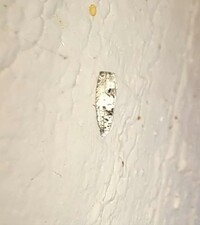
| Recorded by: Allison Garton on 2025-09-07
Moore Co.
Comment: |
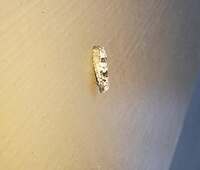
| Recorded by: Allison Garton on 2025-09-06
Moore Co.
Comment: | 
| Recorded by: Allison Garton on 2025-09-06
Moore Co.
Comment: |

| Recorded by: Allison Garton on 2025-09-03
Moore Co.
Comment: | 
| Recorded by: Allison Garton on 2025-09-03
Moore Co.
Comment: |
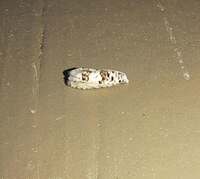
| Recorded by: Allison Garton on 2025-09-02
Moore Co.
Comment: | 
| Recorded by: Allison Garton on 2025-09-02
Moore Co.
Comment: |
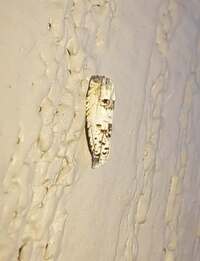
| Recorded by: Allison Garton on 2025-09-01
Moore Co.
Comment: | 
| Recorded by: Allison Garton on 2025-09-01
Moore Co.
Comment: |
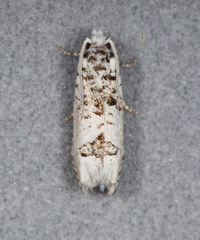
| Recorded by: Jim Petranka, Mark Basinger and Becky Elkin on 2025-08-30
Richmond Co.
Comment: | 
| Recorded by: Jim Petranka, Mark Basinger and Becky Elkin on 2025-08-30
Richmond Co.
Comment: |
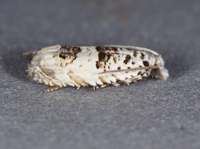
| Recorded by: Jim Petranka, Mark Basinger and Becky Elkin on 2025-08-30
Richmond Co.
Comment: | 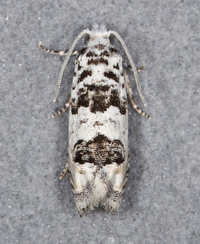
| Recorded by: Jim Petranka, Mark Basinger and Becky Elkin on 2025-08-30
Richmond Co.
Comment: |
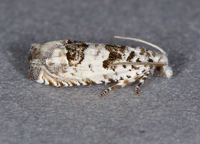
| Recorded by: Jim Petranka, Mark Basinger and Becky Elkin on 2025-08-30
Richmond Co.
Comment: | 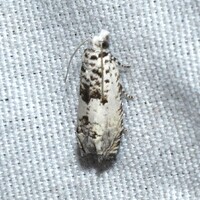
| Recorded by: Jeff Niznik, David George on 2025-08-29
Moore Co.
Comment: |
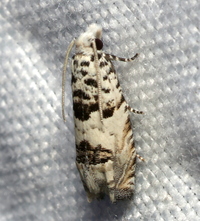
| Recorded by: Jeff Niznik, David George, Jim Petranka, Mark Basinger, Becky Elkin on 2025-08-29
Richmond Co.
Comment: | 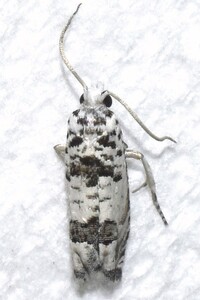
| Recorded by: Jeff Niznik, Larry Chen, Sarah Toner, Kaitlyn Elliott on 2025-08-16
Richmond Co.
Comment: |
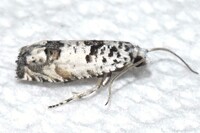
| Recorded by: Jeff Niznik, Larry Chen, Sarah Toner, Kaitlyn Elliott on 2025-08-16
Richmond Co.
Comment: | 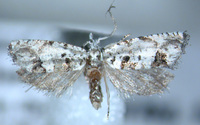
| Recorded by: J.B. Sullivan on 2020-09-09
Scotland Co.
Comment: |
|

 »
»




 »
»


